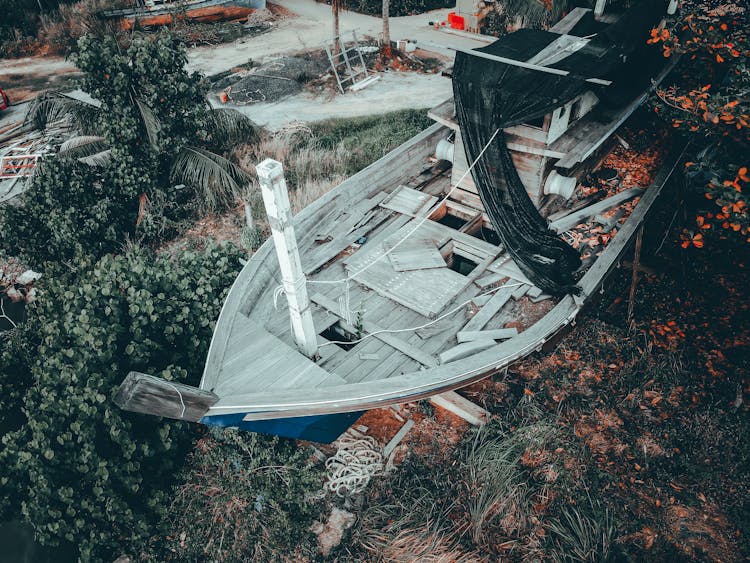All Categories
Featured
Table of Contents
Water damage to walls in homes and commercial buildings can lead to significant repair costs and structural issues if not addressed promptly. Understanding the various causes and recognizing the early signs of water damage are critical in maintaining the integrity of a structure. Water penetration can stem from several sources, each with its unique challenges.
Among the primary culprits of water damage are leaking pipes, which can discreetly deposit water within wall cavities, and natural disasters, such as hurricanes and floods, which can overwhelm a building's defenses. High indoor humidity levels and faulty venting systems also contribute significantly to the accumulation of moisture within walls, potentially leading to long-term damage.
Commercial and residential buildings in Woodbridge NJ are not exempt from these challenges, particularly if they are located in areas prone to severe weather conditions or have aging plumbing infrastructures. Regular maintenance and timely inspections are thus indispensable for property owners in the region.
Detecting Moisture Intrusion in Your Walls
Identifying water damage early can save substantial amounts of money and prevent the need for extensive repairs. Telltale signs include discoloration and water stains, often manifesting as brown rings or streaks on walls. Softened drywall is a crucial indicator; walls may feel spongy when pressed, indicating moisture has compromised the structural integrity.
An unexplained musty odor is often associated with hidden mold growth, a common consequence of water damage, particularly in less visible areas of a building. Residents in Woodbridge NJ should be particularly vigilant of mold in the corners where the ceiling meets the walls or in places with poor air circulation.
Material-Based Susceptibility to Moisture
Different construction materials exhibit varying levels of resistance to water damage. Drywall, due to its porous nature, is particularly susceptible and can absorb water, leading to swelling and breakdown. Conversely, plaster walls, while still vulnerable to moisture, do not absorb water as quickly as drywall and may offer a slightly longer buffer to address leaks before significant damage occurs.
Brick and masonry walls may show resilience, but they are not immune. Moisture can seep into the mortar, leading to deterioration over time, which is particularly problematic in older structures predominantly found in certain parts of Woodbridge NJ. Regardless of the construction material, proactive measures such as waterproofing can enhance resilience against water intrusion.
The Hidden Dangers of Moisture Build-Up
Hidden water damage can be the most perilous as it can go unnoticed until it causes significant structural issues or health hazards from mold. Signs of hidden water damage might include patches of discoloration that suddenly appear on the exterior of the wall, bulging areas which suggest water accumulation behind the surface, or visible mold growth in less trafficked areas of a building.
For inhabitants and property owners in Woodbridge NJ, understanding the specific architecture and typical material used in their buildings may provide insights into potential vulnerabilities. Ensuring that buildings are equipped with modern, effective waterproofing techniques and materials can prevent the unseen devastation that hidden water damage can wreak.
What are the most common causes of water damage in walls?
How can property owners in Woodbridge NJ combat water damage effectively?

Popular Articles

Latest Posts
Comparing Key Features of WordPress vs Drupal
Paws and Pregnancy: Identifying Dog Gestation
Understanding OBD-II Scanners